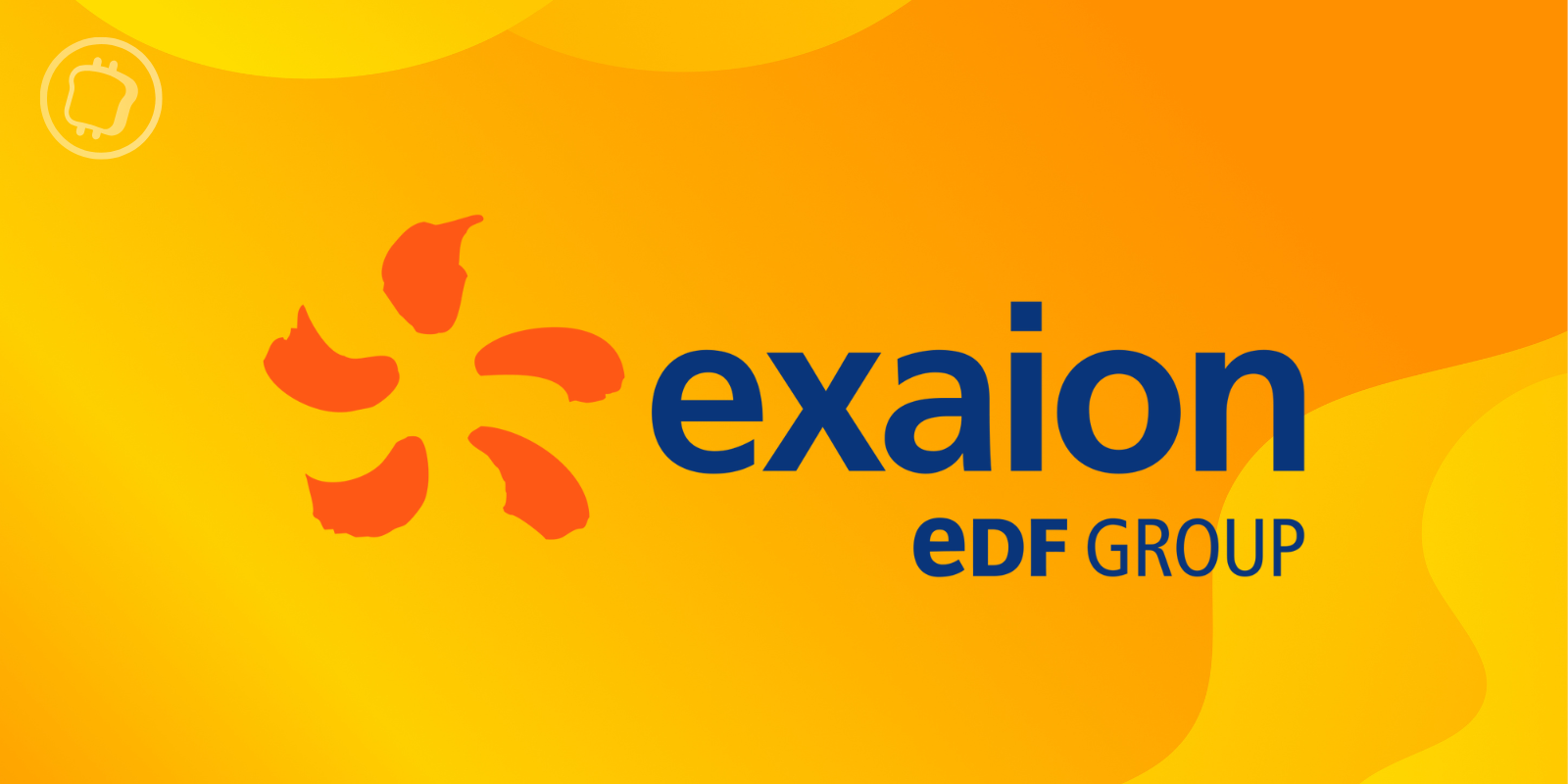Inflation in the euro zone reached an all-time high in September, driven in particular by the energy crisis and the consequences of the war in Ukraine. But it is France which is doing the best, and which is seeing a slowdown in the rise in consumer prices. We take stock.
Inflation hits record high in eurozone
Predictions predicted inflation of 10% for the euro zone in September 2022. It will eventually reach an average of 9.9%, the highest threshold ever recorded for the economic region. The European Central Bank had admitted a month ago the “severe risks” incurred for financial stability, the figures for September therefore confirm the trend.
The official document details the sectors that have been most affected. Without surprise, the energy sector has contributed significantly to the inflation ratewith +4.19%, followed by the “foodstuffs, alcohol and tobacco” category (+2.47%), services (+1.8%) and industrial goods (+1.47%).
In parallel, the euro fell sharply against the dollarreaching a short time ago at a level that it had not known for twenty years:
The euro has fallen below the dollar for a month
Has inflation in the euro zone reached its peak? Nobody knows, not even Christine Lagarde, who answered the question recently:
” Has it reached its highest threshold? Hard to say and I won’t risk it. »
👉 To go further – Purchasing power and cryptocurrencies: can they help protect against inflation?
The No. 1 exchange in the world – Regulated in France
10% off your fees with code SVULQ98B 🔥

France among the countries that are doing the best
The Eurostat report details the inflation rates for each eurozone country. France is doing the best, with inflation reaching “only” 6.2%. It is followed by Malta (7.4%) and Finland (8.4%). The highest rates were recorded in Estonia (+24.1%), Lithuania (+22.5%) and Latvia (+22%).
While France is currently experiencing social movements that could converge, it therefore benefits from measured inflation compared to its European neighbors. A trend confirmed by INSEE, which reported a few days ago a slowdown in consumer price inflation.
Faced with this, the price of Bitcoin (BTC) continues to evolve in a range. But a range from which it could emerge soon, if several estimates are to be believed. The next few months will therefore tell us if we will see a growing adoption of these assets at a time when the euro is struggling to maintain its price against the dollar.
👉 On the same topic – Recession in Europe: what to expect?
Join Experts and a Premium Community
PRO
Invest in your crypto knowledge for the next bullrun

Source: European Central Bank – Chart: TradingView, EUR/USD
Newsletter 🍞
Receive a summary of crypto news every Monday by email 👌
What you need to know about affiliate links. This page presents assets, products or services relating to investments. Some links in this article are affiliated. This means that if you buy a product or register on a site from this article, our partner pays us a commission. This allows us to continue to offer you original and useful content. There is no impact on you and you can even get a bonus by using our links.
Investments in cryptocurrencies are risky. Cryptoast is not responsible for the quality of the products or services presented on this page and could not be held responsible, directly or indirectly, for any damage or loss caused following the use of a good or service highlighted in this article. Investments related to crypto-assets are risky by nature, readers should do their own research before taking any action and only invest within the limits of their financial capabilities. This article does not constitute investment advice.








